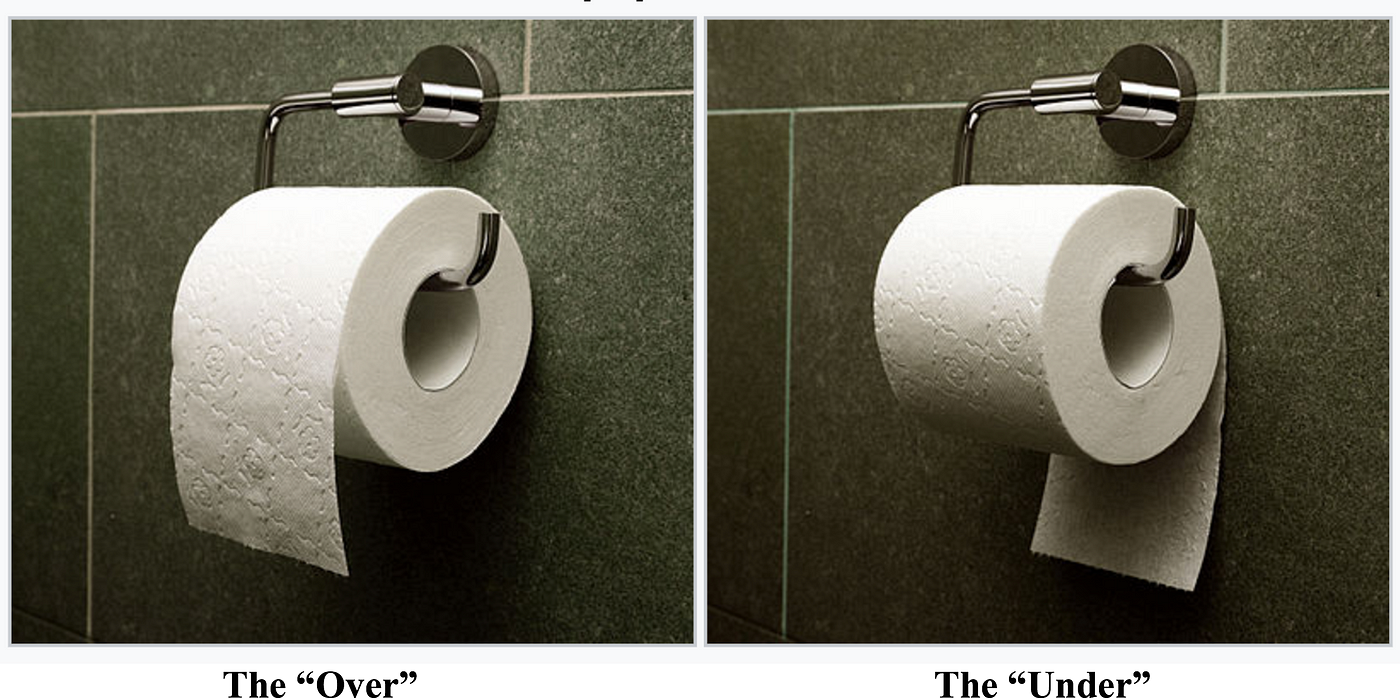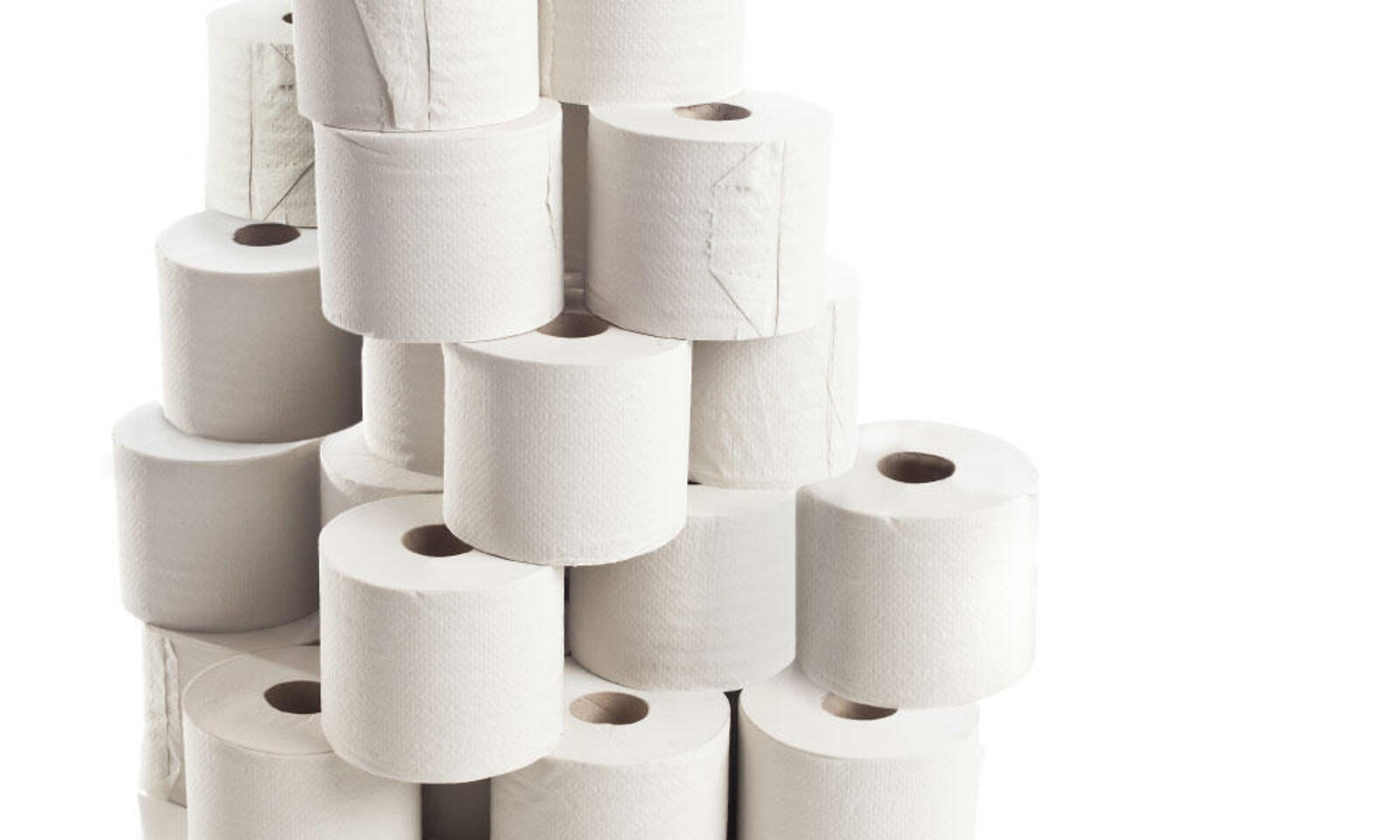toilet tissue, also commonly known as toilet paper or bathroom tissue, is a product that is used on a daily basis by billions of people around the world. It is an essential part of modern hygiene and provides comfort and convenience in our everyday lives. However, have you ever stopped to wonder about the history and evolution of this seemingly simple product? From its ancient roots to the different types available on the market today, there is a fascinating story to be told about toilet tissue rolls.
The History and Evolution of Toilet Tissue Rolls

Ancient Roots: Nature’s Solutions
The earliest records of toilet tissue use can be traced back to ancient China in the 6th century AD. Emperor Yang of the Sui Dynasty is said to have used soft, white cloth to wipe himself after using the bathroom. Similarly, in ancient Greece, people employed ostraka, pieces of broken pottery, for sanitary purposes. These early forms of toilet tissue were not as comfortable or hygienic as the ones we use today, but they served their purpose.
In Japan, the first documented use of toilet paper was in the 14th century. The Japanese used thin, rectangular sheets made from washi, a paper derived from the mulberry tree. These sheets were called torinoko, meaning bird droppings, due to their characteristic white color. They were not widely used until the 19th century when the manufacturing process became more efficient.
During the Renaissance period in Europe, people used all kinds of materials for personal hygiene, including leaves, wool, straw, and even stones. However, the use of toilet paper started to gain popularity among the wealthy and elite classes. Parisian businessman Joseph Gayetty introduced the first commercially available toilet paper in the United States in 1857. It was a pack of flat, medicated paper sheets called “Gayetty’s Medicated Paper” and was marketed as a “therapeutic paper for the water-closet.”
Medieval Innovations: From Parchment to Paper
During the Middle Ages, the use of toilet tissue spread throughout Europe. In the 15th century, the wealthy and privileged began using parchment, the material used for writing manuscripts, as toilet paper. However, parchment was expensive, and for most people, rags or other discarded materials served as toilet paper.
The first modern toilet paper as we know it today was created in 1857 by American inventor Seth Wheeler. He patented the idea of perforating and winding toilet paper onto a roll, making it easier to use and store. This invention revolutionized the toilet tissue industry and laid the foundation for the rolls we use today.
In the late 19th and early 20th centuries, wood pulp became the main raw material for manufacturing toilet tissue. The process of turning wood into pulp and then into paper enabled mass production of toilet paper, making it more affordable and widely available. By the 1920s, toilet tissue rolls had become the standard form of bathroom tissue in many households.
The Different Types of Toilet Tissue Rolls

Today, there are numerous types of toilet tissue rolls available on the market, each with its unique features and benefits. Here are the three most popular types of toilet tissue rolls:
Standard Roll
The standard toilet tissue roll is the most commonly used type. It typically has between 500 to 1000 sheets per roll and comes in two-ply or three-ply options. Two-ply means that there are two layers of paper, while three-ply means there are three layers. The number of plies affects the softness and absorbency of the tissue.
Standard rolls come in different sizes, but the most common size is the regular-sized roll, which measures about 4.5 inches in diameter and 4 inches in height. This size fits most toilet tissue holders and is suitable for most households.
Jumbo Roll
As the name suggests, jumbo rolls are larger than standard rolls and have more sheets per roll. They are commonly used in public restrooms, schools, and commercial buildings. Jumbo rolls come in one-ply, two-ply, or three-ply options and can hold anywhere from 800 to 2000 sheets per roll.
The size of jumbo rolls varies, but they are typically around 9 inches in diameter and 12 inches in height. Due to their size, they require special dispensers that can accommodate their width, making them less practical for home use.
Mega Roll
Mega rolls are even bigger than jumbo rolls and hold the most number of sheets per roll. They are perfect for large families or high-traffic areas as they require fewer replacements. Mega rolls come in various ply options, with the most common being two-ply and three-ply.
The size of mega rolls can vary, but they usually measure around 11 inches in diameter and 12 inches in height. They also require specific dispensers and are not as widely available as standard rolls.
How to Choose the Right Toilet Tissue Roll for Your Needs

With so many options available, it can be overwhelming to choose the right toilet tissue roll for your needs. Here are some factors to consider when making your decision:
Softness and Absorbency
One of the main features people look for in toilet tissue is softness. No one wants to use rough and uncomfortable toilet paper. Two-ply and three-ply options are generally softer compared to one-ply, but the softness level can also vary between brands. It is best to try different options and find one that suits your preferences.
Absorbency is also an important factor, especially for those with sensitive skin. Look for toilet tissue made from high-quality materials that are gentle on the skin and absorb moisture effectively.
Eco-Friendly Options
In recent years, there has been a growing trend towards eco-friendly and sustainable products. Many companies now offer toilet tissue made from recycled paper or bamboo, which is a more sustainable option compared to wood pulp.
Another aspect to consider is the packaging of the toilet tissue. Look for brands that use minimal or biodegradable packaging to reduce waste and lessen the environmental impact.
Cost
Toilet tissue rolls come in a wide range of prices, so it is important to consider your budget when choosing the right one for you. Generally, jumbo and mega rolls are more cost-effective as they require fewer replacements, but they are also larger and may not fit into standard holders. It is best to find a balance between cost and quality when selecting your toilet tissue roll.
Toilet Tissue Roll Etiquette
While toilet tissue may seem like a mundane topic, there are still some etiquette rules to follow when it comes to using and replacing it. Here are a few tips:
- Always make sure to replace an empty roll with a new one.
- If you finish the last sheet on a roll, replace the roll before leaving the bathroom.
- When using public restrooms, avoid taking unnecessary amounts of toilet paper to be considerate of others.
- If you have guests over, make sure to have extra rolls easily accessible in case they need to be replaced.
Following these simple etiquette rules can help promote cleanliness and courtesy in shared spaces.
The Environmental Impact of Toilet Tissue Rolls
With billions of people using toilet tissue rolls every day, it is essential to consider their environmental impact. The production of toilet tissue requires cutting down trees and using large amounts of water and energy. In addition, the plastic packaging used for some brands adds to the waste generated.
However, there are ways to minimize the environmental impact of toilet tissue rolls. As mentioned earlier, opting for eco-friendly options and minimizing packaging can make a difference. Also, being mindful of the amount of toilet paper used can help reduce waste. Some companies also offer recycled or biodegradable options, which are more sustainable choices.
The Future of Toilet Tissue Rolls
With advancements in technology and growing environmental concerns, the future of toilet tissue rolls is constantly evolving. One interesting innovation is the use of alternative materials such as bamboo, sugarcane, and even elephant dung to create toilet paper. These materials are more sustainable and have a lower impact on the environment.
Another trend is the rise of smart toilet tissue dispensers that can monitor usage and automatically reorder when supplies are low. This can help reduce waste and ensure that there is always an ample supply of toilet tissue available.
The Psychology Behind Toilet Tissue Rolls
Believe it or not, the type of toilet tissue roll you use can say a lot about your personality. A study conducted by psychologist Gilda Carle found that people who prefer one-ply toilet paper tend to be more practical and frugal, while those who use two-ply or three-ply are more indulgent and open to new experiences.
Additionally, the direction in which the toilet tissue hangs can also reveal certain traits. Those who prefer their toilet paper to hang over the top tend to be dominant and assertive, while those who prefer it to hang under tend to be more submissive and agreeable.
Toilet Tissue Rolls in Popular Culture
Toilet tissue rolls have not only made their way into our daily lives but have also become a part of popular culture. They have been featured in movies, TV shows, and even music videos. One famous example is the 1984 mockumentary film “This Is Spinal Tap,” where the band members face a dilemma of not having enough toilet paper while on tour.
In addition, toilet tissue rolls have also been used in advertising campaigns to promote different brands. The infamous “Charmin Bears” commercials, featuring a family of bears who love using soft and fluffy toilet paper, are just one example.
Conclusion
From its ancient roots to the various types available today, toilet tissue rolls have come a long way in their evolution. They have become an indispensable part of modern hygiene and continue to evolve with technological advancements and changing societal norms. As consumers, it is important to be mindful of the environmental impact of our choices and make eco-friendly decisions when possible. With this comprehensive guide, you now have a deeper understanding of the history, types, and etiquette surrounding toilet tissue rolls. So next time you reach for your favorite brand, remember the fascinating journey that led to its creation.